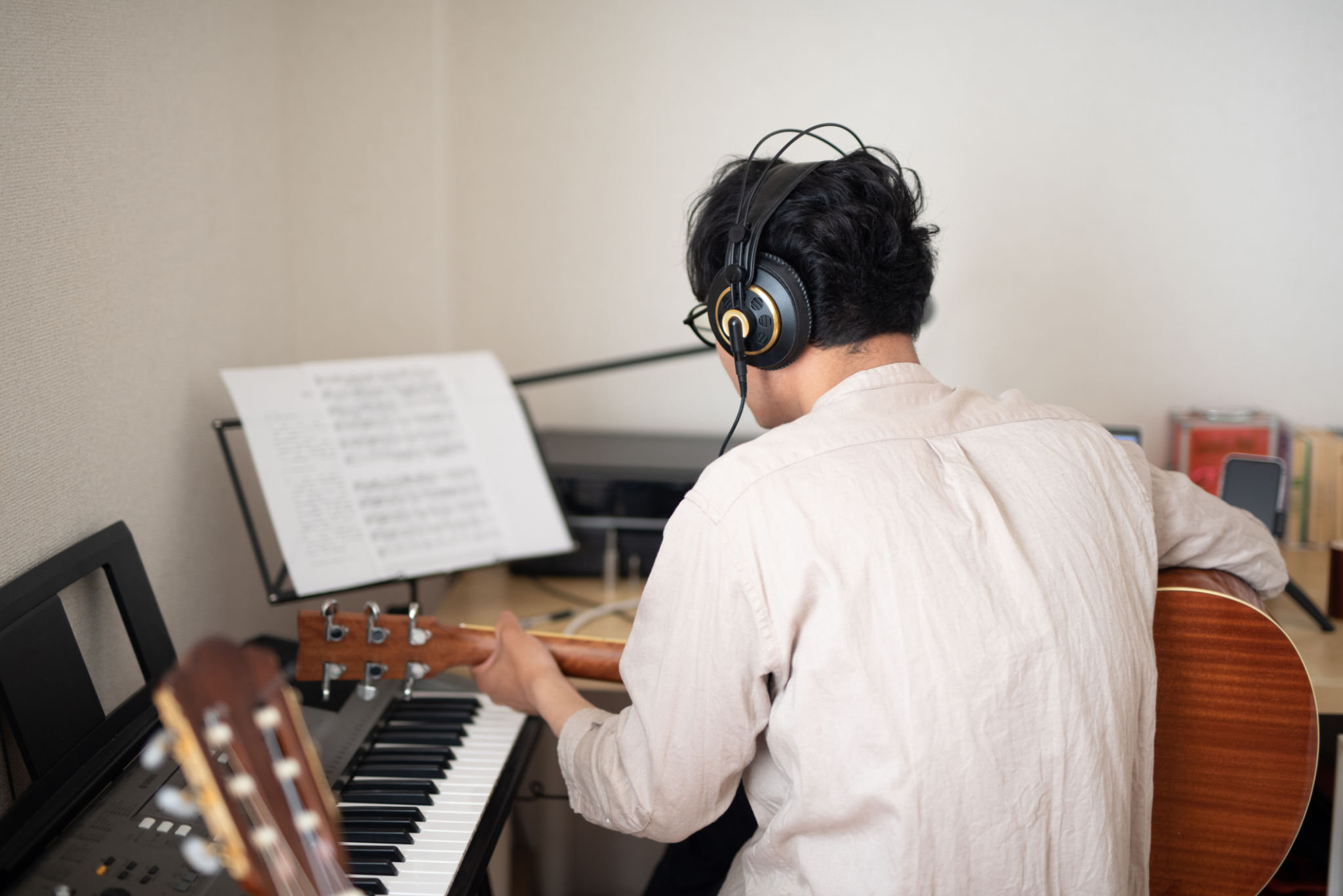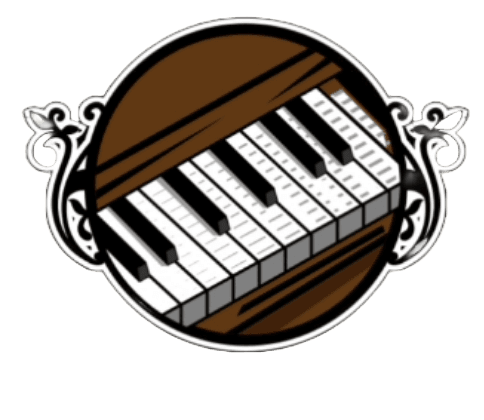The Role of Music Theory in Piano Lessons
Understanding Music Theory
Music theory is often perceived as the underlying framework that supports the artistic expression of music. In the context of piano lessons, it serves as the foundation for understanding how music works. By learning music theory, students gain insight into the structure and composition of music, which enhances their ability to play and interpret piano pieces.
At its core, music theory involves understanding the basics such as scales, intervals, chords, and rhythm. These elements are crucial as they form the building blocks of music. For a pianist, recognizing these components allows for a deeper appreciation and execution of musical pieces.

The Importance of Scales
Scales are one of the first concepts introduced in piano lessons. They are essential because they help students learn finger placement and improve hand coordination. Moreover, scales are the foundation for many pieces of music. By mastering scales, students can easily transition between different keys and understand the concept of tonality.
There are various types of scales, including major, minor, and chromatic scales. Each type offers a different sound and emotion, providing pianists with a wide range of musical expression. Understanding these scales enables students to play more complex compositions with confidence.

Chords: The Building Blocks
Chords are combinations of notes played simultaneously to create harmony. In piano lessons, learning about chords is crucial because they form the backbone of most musical pieces. By understanding how chords are constructed, students can easily identify chord progressions and enhance their improvisation skills.
There are several types of chords, such as major, minor, diminished, and augmented. Each type brings a unique sound and feeling to a composition. Familiarity with chords allows pianists to accompany other musicians and add depth to their own performances.
The Role of Rhythm
Rhythm is another vital component of music theory taught in piano lessons. It involves the timing of notes and rests in a piece of music. Understanding rhythm helps students maintain the correct tempo and flow while playing.

Learning different rhythmic patterns and time signatures enables pianists to tackle various musical styles, from classical to jazz. It also aids in developing a sense of timing and groove, which is essential for ensemble playing.
Integrating Music Theory in Lessons
Incorporating music theory into piano lessons is not about memorizing rules but understanding the logic behind music. Teachers often use practical examples to illustrate theoretical concepts, allowing students to apply what they learn directly to their playing.
For instance, when learning a new piece, a teacher might highlight how certain chords or scales are used within the composition. This approach helps students see the relevance of music theory in real-world applications, making their learning experience more engaging and meaningful.

The Path to Musical Mastery
Ultimately, music theory enriches piano lessons by providing students with the tools needed to become proficient musicians. It opens up a world of possibilities for creativity and expression, allowing pianists to explore various genres and styles confidently.
By investing time in learning music theory alongside practical piano skills, students not only enhance their technical abilities but also deepen their appreciation for the art form itself. This holistic approach fosters a lifelong passion for music and paves the way for musical mastery.
